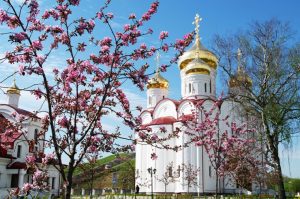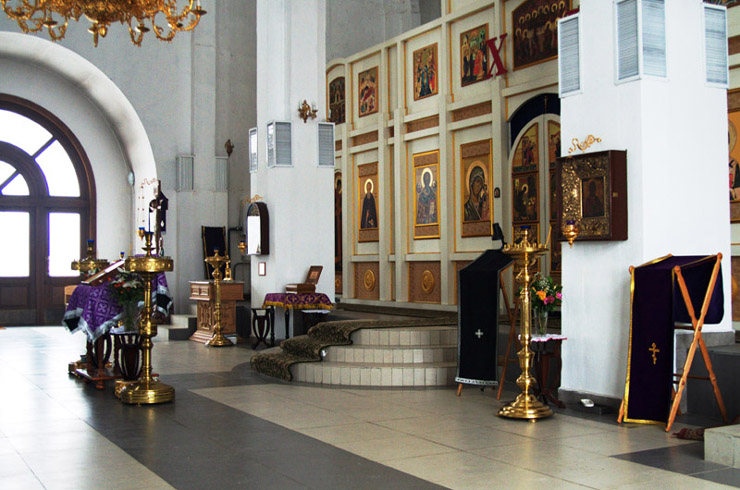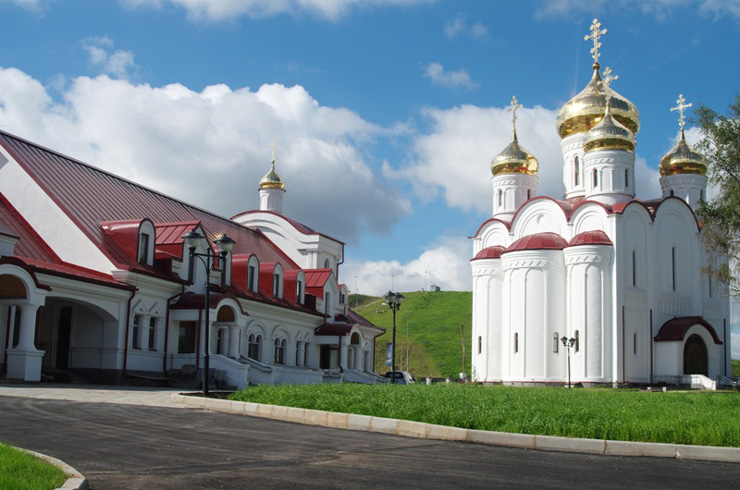Church of the Kazan Icon of the Mother of God in Orlovo

The temple in the village of Orlovo has deep historical roots dating back to the 16th century. The first wooden church dedicated to the Protection of the Blessed Virgin Mary became the basis for the formation of the area known as Pokrovsky Pogost. During the Polish-Lithuanian invasion, the church was destroyed, and only in the second half of the 17th century, after restoration, it was rededicated in honour of the Kazan Icon of the Mother of God with the chapel of St. Nicholas. This wooden church was moved in 1698 to Orlovo from the village of Uzkovo near Moscow, which was the patrimony of the Streshnev boyars. In the 18th century, after the reforms of Catherine II on the confiscation of church property, the village of Orlovo became part of the possessions of state peasants, and the neighboring village of Rumyantsevo also fell under their jurisdiction. At that time, there was a wooden single-altar St. Nicholas Church in Orlovo, which was part of a wider church district. In 1813, a small stone church in the village of Govorovo, built in 1734 in the manor house of the Princes Trubetskoy, was attributed to St. Nicholas Church. Thus, the parish of the Kazan (Nikolskaya) Church included not only the village of Orlovo, but also neighboring settlements such as the village of Govorovo, the village of Sukovo, as well as the ancient village of Kartmazovo on Setuni, where from the 17th century to the end of the 18th century there was a wooden church of the Assumption of the Mother of God. In 1861, at the expense of the manufacturer Epaneshnikov, a new stone church was built, which replaced the wooden church that burned down in December 1851. The new church had two side chapels: in honour of the Assumption of the Blessed Virgin Mary and St. Nicholas. In 1873 a refectory was added to the temple, in which a third chapel dedicated to the Don Icon of the Mother of God was built. This architectural addition significantly expanded the church’s facilities and improved the conditions for worship. However, after the revolution of 1917 and during the Soviet period, the temple went through difficult times. Only many decades later, in 2011, a new era began for the temple – the construction of a new building began on the site of the old one. In 2013, the first divine service was held in the revived church.
Address: Moscow, 106 Staroorlovskaya St.,

